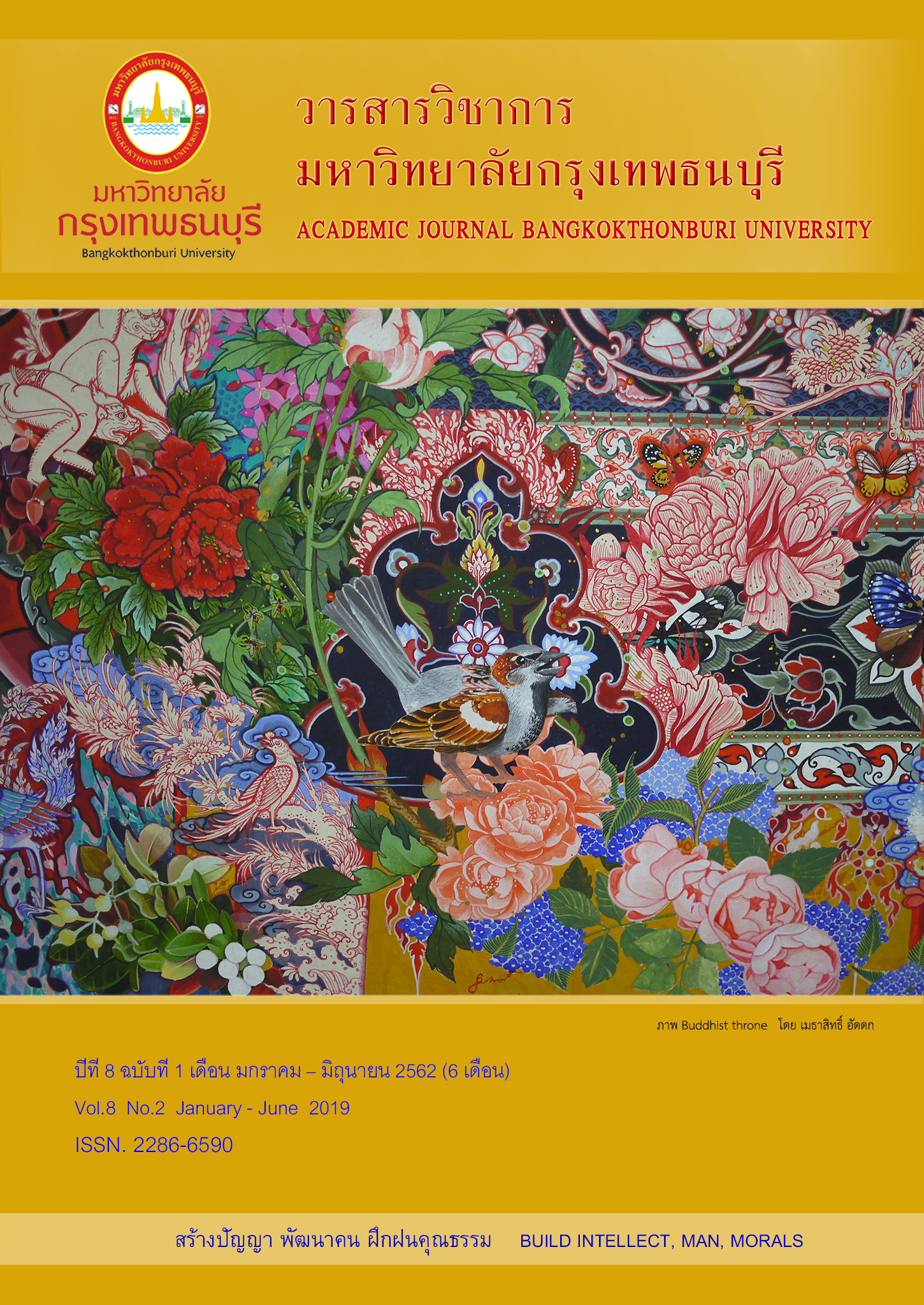Tourism Logistics management for Mueang District in Phra Nakhon Si Ayutthaya Province.
Main Article Content
Abstract
ABSTRACT
This research aims to evaluate the logistics management system's potential In Mueang District, Phra Nakhon Si Ayutthaya Province By using a mix research methodology Use the tool as a questionnaire and interview. By inquiring information from the sample group consisting of 3 groups, namely tourists Entrepreneur in the community And community leaders In Muang District, Phra Nakhon Si Ayutthaya Province By using sampling methods without using probability (Non-probability Sampling) using a total of 400 accidental sampling methods.
The research found that Most tourists have a age range of 30-35 years, females more than males. In the aspect of tourism behavior, most of the tourists come back to repeat more than 1 time. It takes 1 day to travel. When analyzing the relationship between the logistics elements of tourism and the satisfaction of tourists that will lead to repeated tourism It was found that tourists had a high level of satisfaction in managing the overall logistics component. The community entrepreneurs and community leaders are satisfied with the overall level of good for the tourism logistics component, with an average of 3.30, with suggestions on logistics management. In the same way as Should have tools to support tourists to easily travel into tourist destinations By facilitating safety and should include groups of individuals or related agencies to promote knowledge in Logistics to support tourism activities And there are agencies that are directly responsible for this To manage the logistics elements of tourism In Phra Nakhon Si Ayutthaya to be sustainable
Article Details
References
Aeknaree Toomphol.(2016). AStudying Improvement of Transportation and Warehouseof
Steel Distributer Industry. Journal of Business Administration ISSN:2287-0717 Vol.5 No.2
July- December 2016
Saowanee Samantreeporn.(2015).Thai Spa Development toward Sustainability Service Psychology
Method. Academic Journal of Bangkokthonburi University. Vol. 4 No. 1: May – June. 2015
-184.
Font,X.,Tapper, R., Schwartz, K., & Kornilaki, M. (2008). Sustainable supply chain management
in tourism. Business strategy and the environment, 17(4), 260-271.
Kannika. (2019). The Development of Tourism Geographic Information System in Respond to
Demand Behavior of Thai tourists : The case Study of Chachoengsao Province.
Journal of Rajanagarindra University. Vol 15, No 34 .
Lemmetyinen, A. (2010). The role of the DMO in creating value in EU-funded
tourism projects. Scandinavian journal of hospitality and tourism, 10(2), 129-152.
Phromkaewtor, S. (2010). An Assessment of Water-based Community Tourism Development:
A Case Study of Taling Chan Floating Market (Doctoral dissertation, Mahidol University).
Piboonrungroj, P., & Disney, S. M. (2012). Supply chain collaboration, inter-firm trust and logistics
performance: Evidence from the tourism sector. Available at SSRN 2050703.
Spasić, V. (2012). Integrating sustainable tourism in tour operators’ supply chain. Singidunum
Journal of Applied Sciences, 9(1), 60-66.
Véronneau, S., & Roy, J. (2009). Global service supply chains: An empirical study of current
practices and challenges of a cruise line corporation. Tourism Management, 30(1),
-139.


